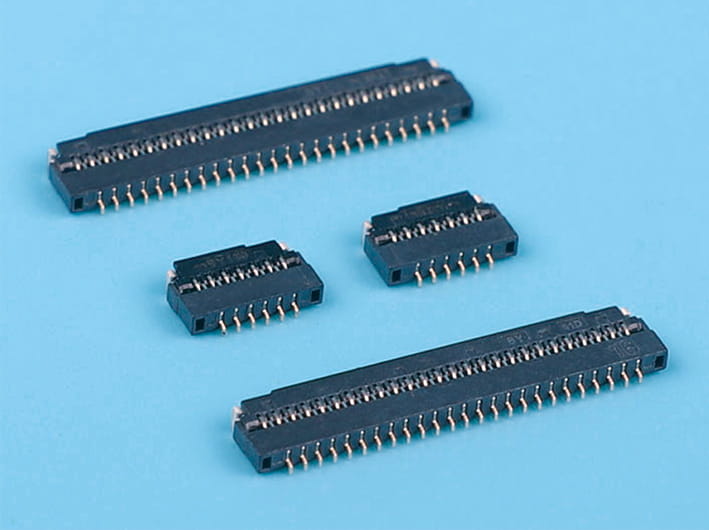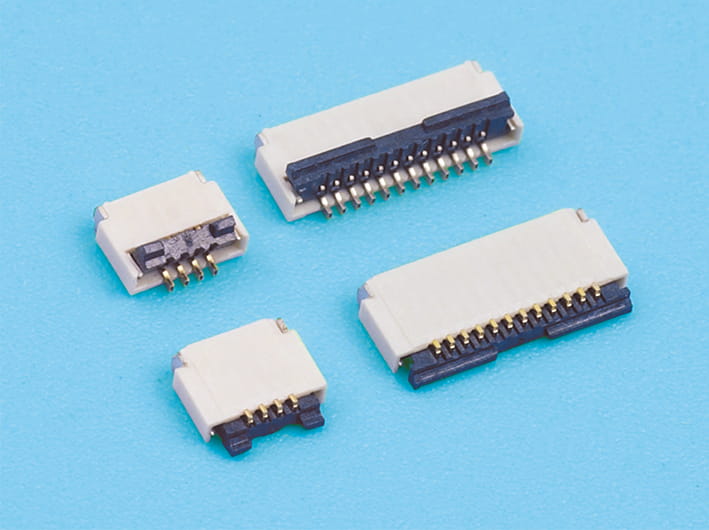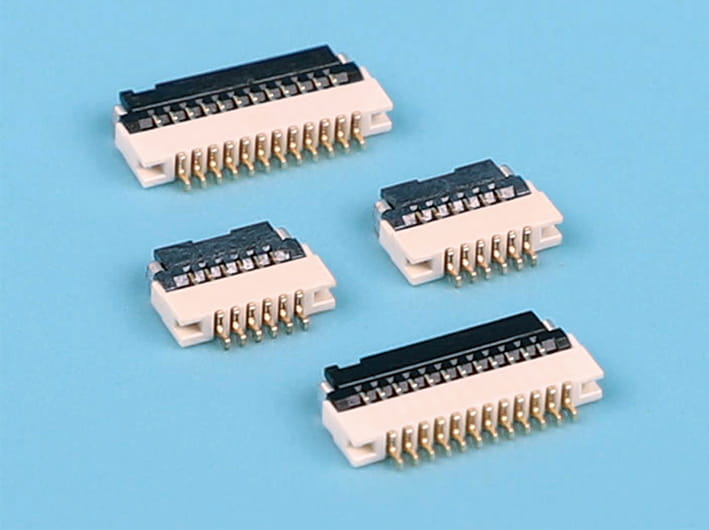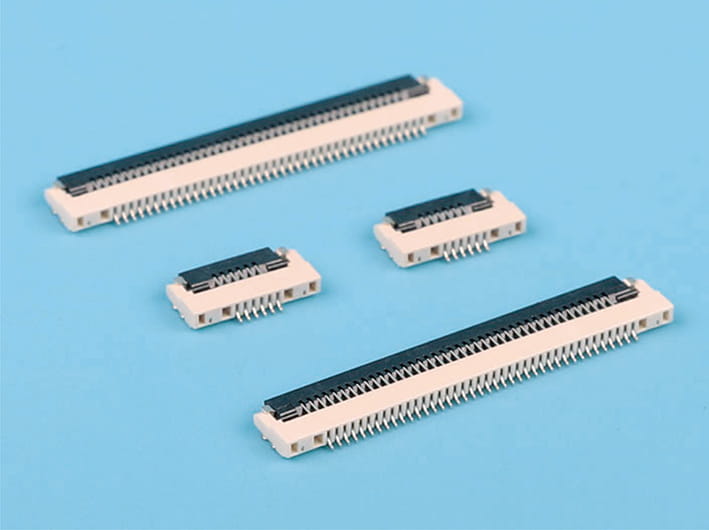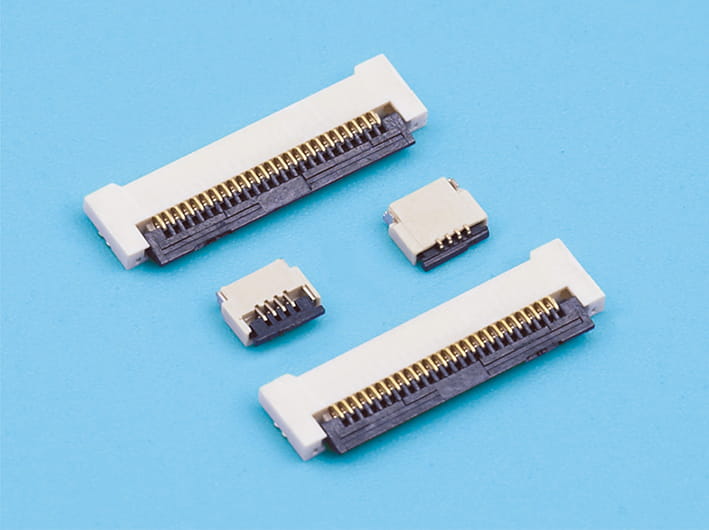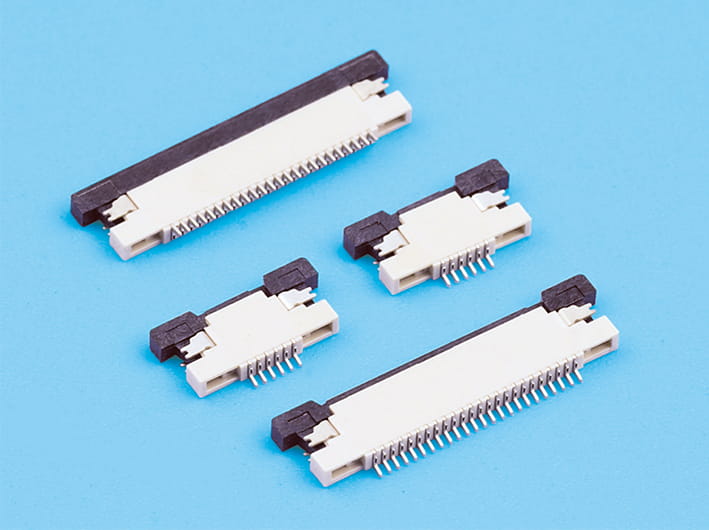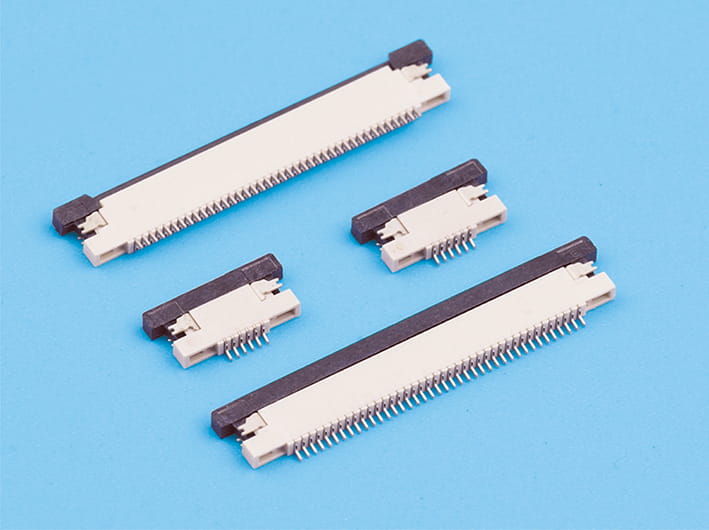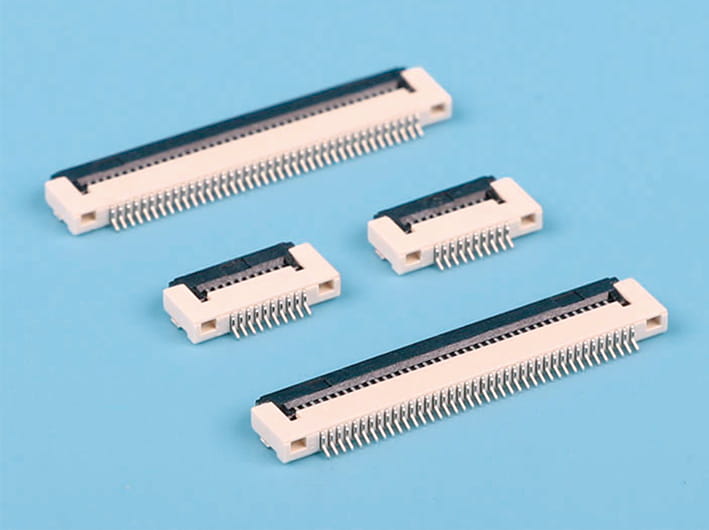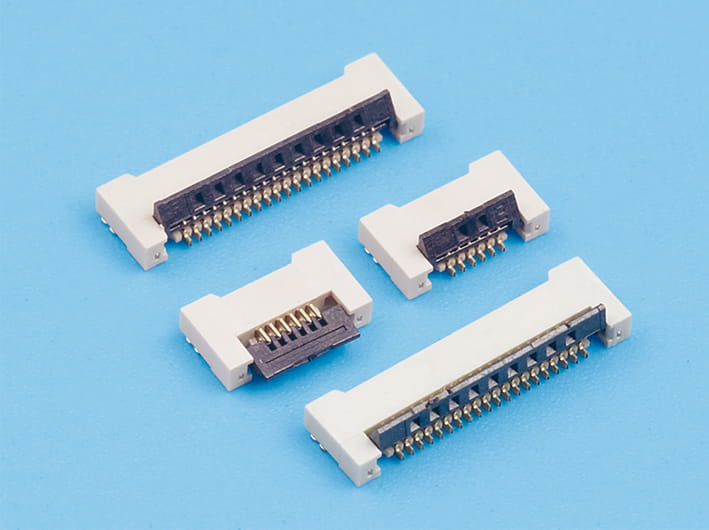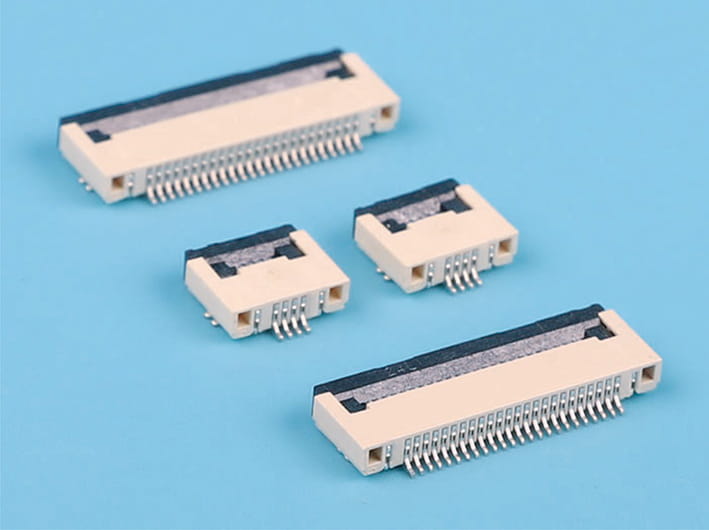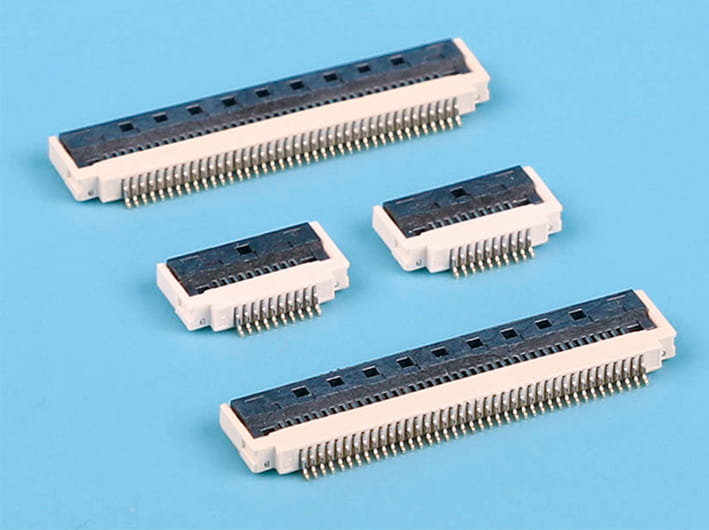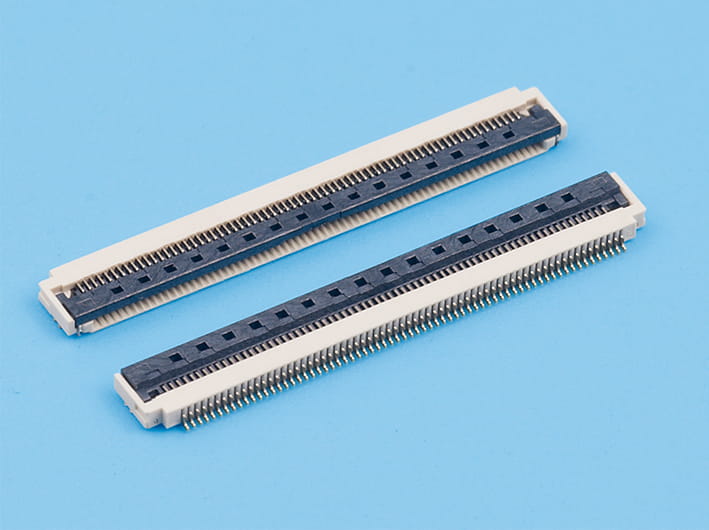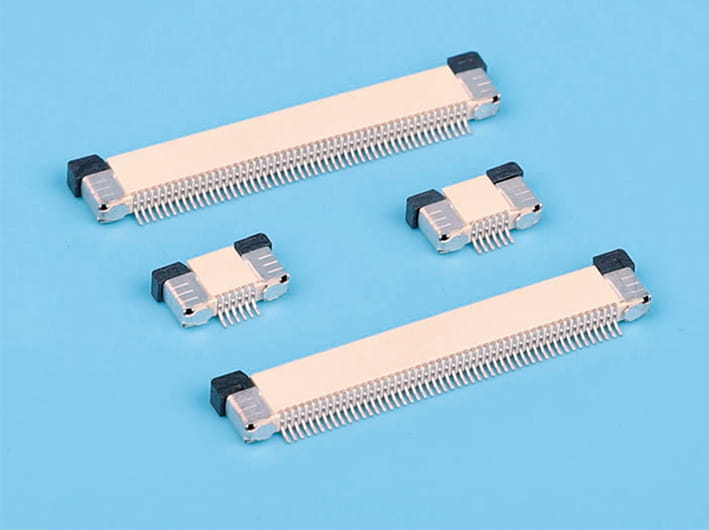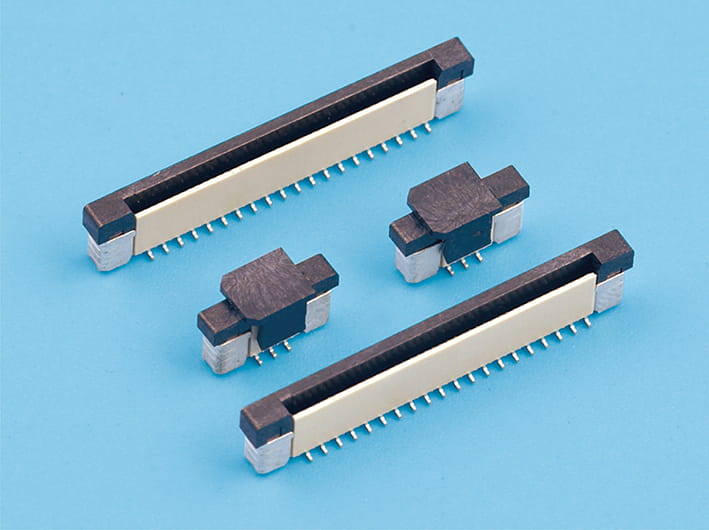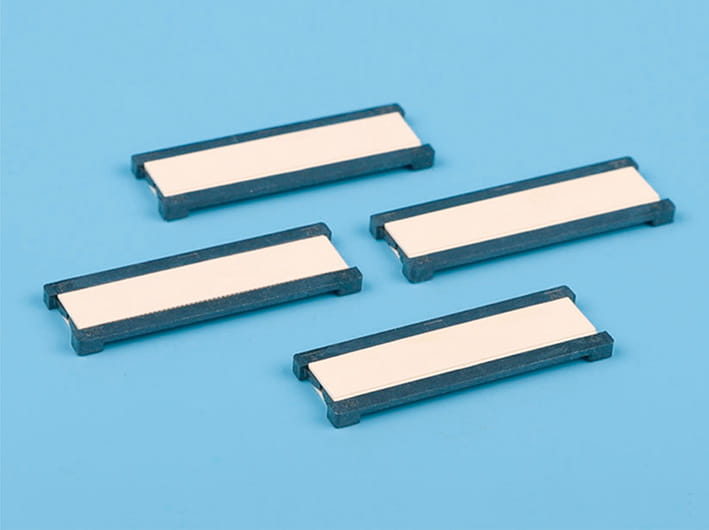Understanding the Structural and Functional Differences Between FFC Ribbon Cable and FPC Flexible Circuit
Material Composition and Construction
The fundamental difference between FFC Ribbon Cable and FPC lies in their structure and materials. An FFC Ribbon Cable is a flat, flexible cable composed of multiple parallel conductors laid on a flat strip of plastic film, usually polyester. The conductors are typically made of copper and are extruded or laminated between two layers of insulation, offering flexibility along one plane. In contrast, FPC (Flexible Printed Circuit) is a more complex assembly constructed using polyimide or other high-performance films with etched copper circuitry. It is produced through a process similar to printed circuit board manufacturing, offering more intricate routing capabilities and the ability to accommodate different shapes and multi-layer configurations.

Design Complexity and Application Scope
FFC Ribbon Cables are generally simpler in design and are used primarily for point-to-point signal or power transmission in applications where compact and flexible connections are needed, such as printers, laptops, or small consumer electronics. Their uniform and linear configuration makes them suitable for consistent spacing and repetitive movement. FPC, however, supports more complex circuit designs, including multiple layers, fine traces, and component mounting. This makes it suitable for compact electronics such as smartphones, tablets, and wearable devices, where circuit density and design flexibility are critical.
Mechanical Flexibility and Durability
Both FFC and FPC are known for their flexibility, but they behave differently under mechanical stress. FFC Ribbon Cable is flexible only in one direction, which suits applications involving simple back-and-forth motion or fixed installations. It is less tolerant of torsional twisting or bending in multiple directions. FPC, due to its thinner and more adaptive material construction, can bend in multiple directions and fit into intricate shapes, allowing it to be used in dynamic applications that demand repeated flexing or folding. FPCs are also more durable under such mechanical conditions, especially when designed with reinforcement layers.
Electrical Performance and Customization
From an electrical perspective, FPCs generally offer good performance in terms of signal integrity, especially at high frequencies. Their controlled impedance and fine line capabilities allow precise signal routing, which is important in high-speed data environments. FFC Ribbon Cable, while suitable for low to moderate speed signals, may introduce limitations in EMI shielding and signal consistency, especially over longer distances. However, FFCs are often pre-configured with fixed pitches and conductor counts, making them easy to specify and install, while FPCs can be fully customized to match specific layout and circuitry needs.
Manufacturing Process and Cost Considerations
The manufacturing processes of FFC and FPC differ significantly, causing varying costs and guide times. FFC Ribbon Cable is produced through a relatively straightforward lamination and stamping process, which is cost-effective for mass production. It is ideal for standard configurations and low-complexity designs. On the other hand, FPC requires photolithography, chemical etching, and more intricate processing steps, resulting in higher production costs and longer manufacturing times. Despite this, FPC provides greater design freedom and integration potential, which can reduce the need for additional components or connectors in compact devices.
Connector and Assembly Compatibility
Both types of flexible cables interface with connectors, but they often require different mating strategies. FFC Ribbon Cable is typically used with ZIF (Zero Insertion Force) or LIF (Low Insertion Force) connectors, which clamp onto the exposed conductors on one end of the cable. FPC assemblies may involve soldering, direct bonding, or the use of specialized connectors that accommodate complex geometries or multi-layer terminations. FPCs can also include plated through holes or SMT pads, offering greater integration flexibility with PCBs and other components.
Conclusion: Application Requirements Define the Right Choice
In summary, the choice between FFC Ribbon Cable and FPC depends on the specific application requirements. FFC is ideal for simple, cost-sensitive, and space-constrained designs with repetitive motion and defined routing paths. FPC is better suited for complex, high-density, or high-speed designs that require good flexibility, durability, and electrical performance. Understanding the structural, mechanical, and electrical differences helps designers select the appropriate solution for efficient and reliable circuit connectivity.



 English
English 中文简体
中文简体 Español
Español عربى
عربى